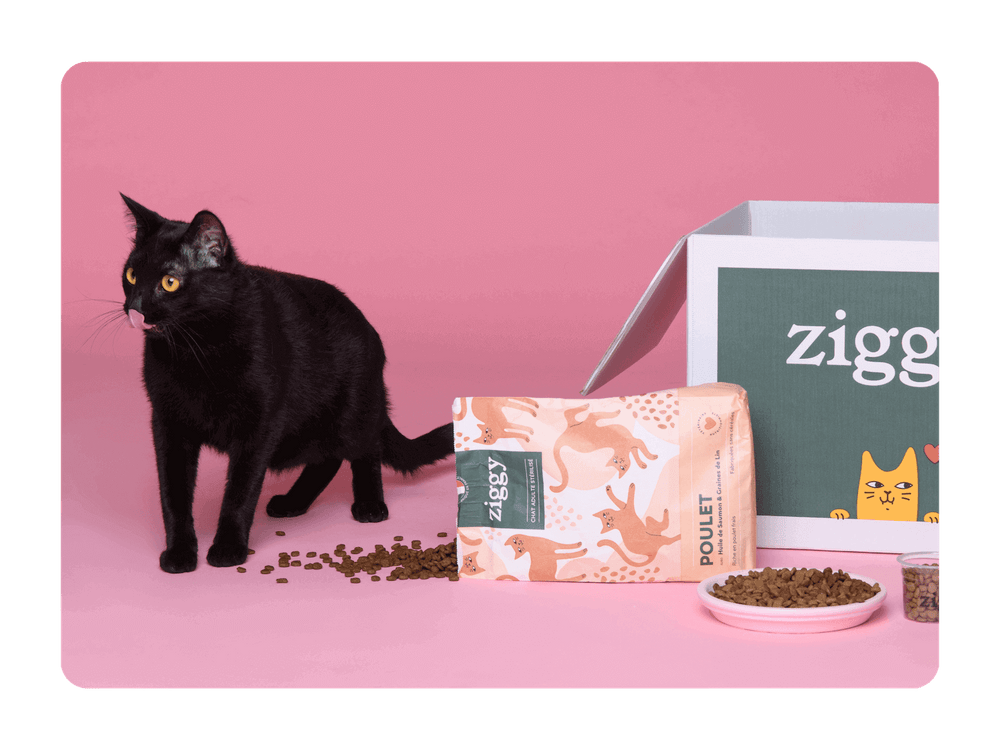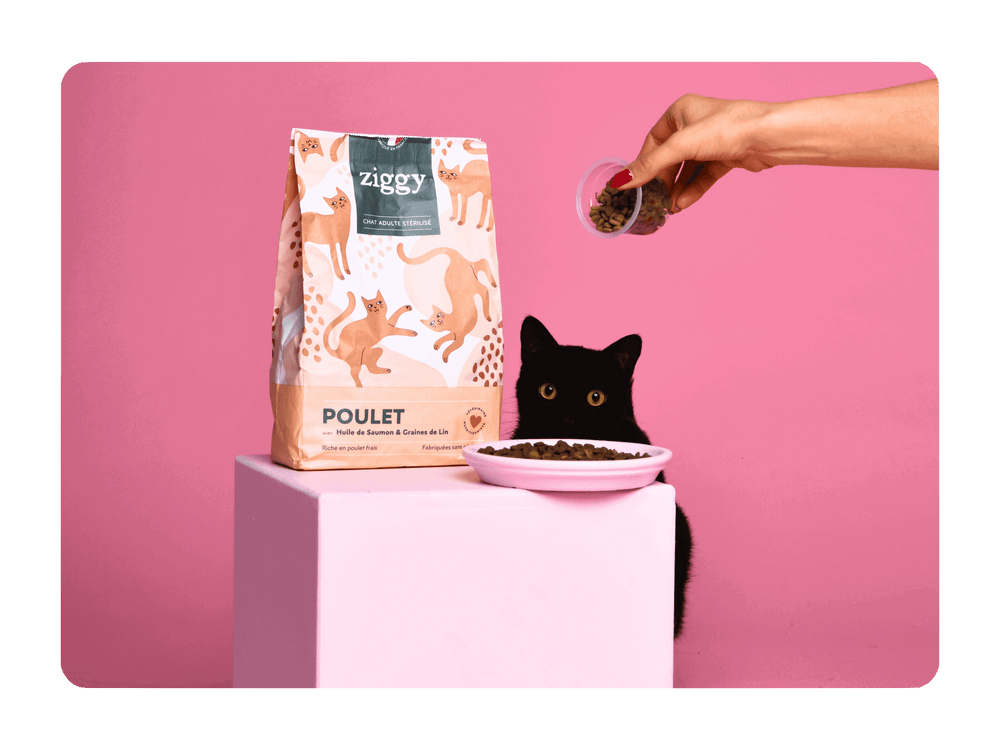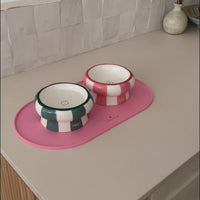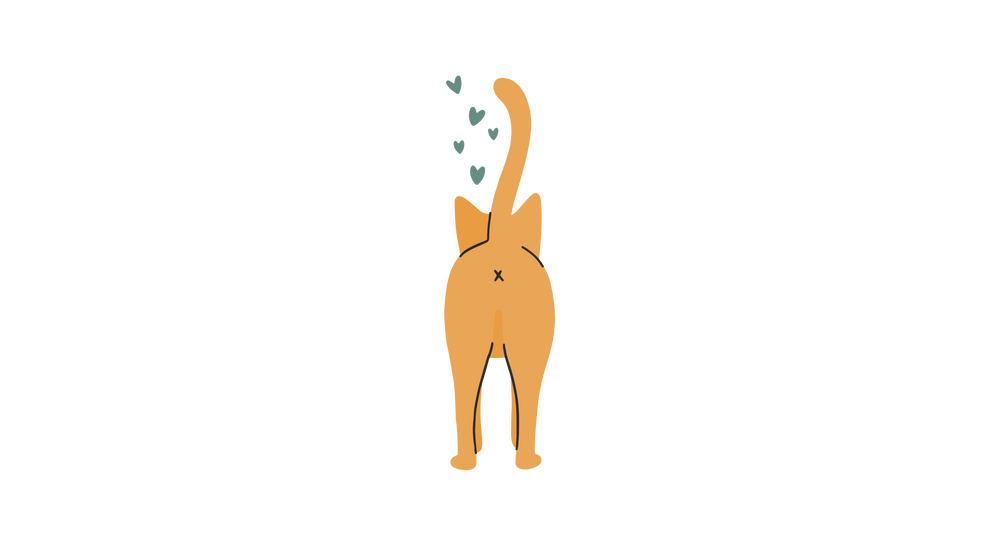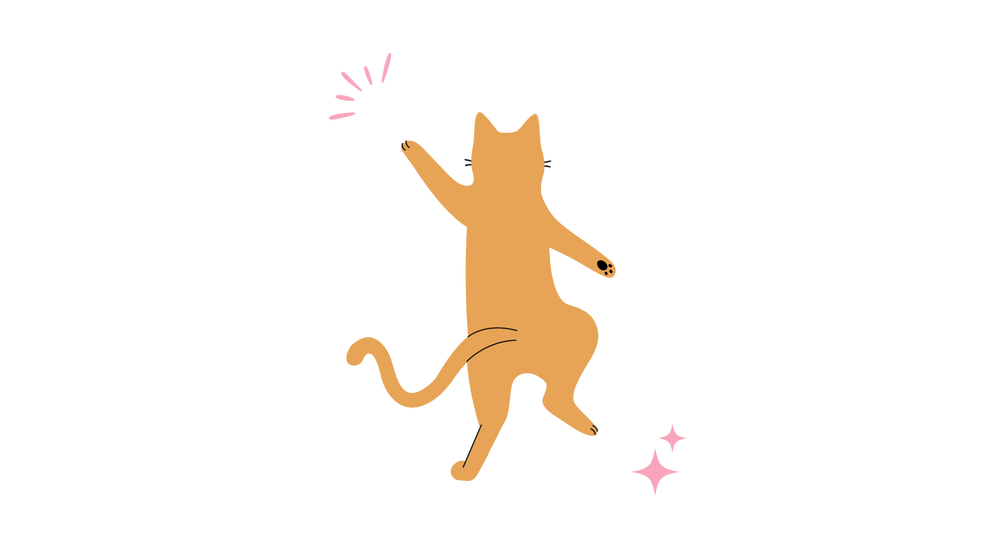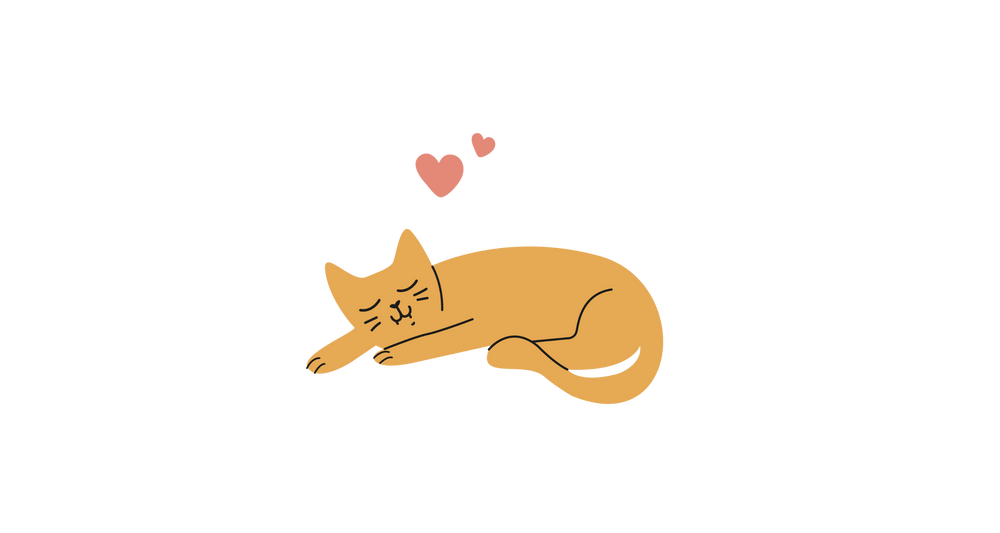While a high protein level is essential for good health in cats, these proteins must also and above all be of high quality so that they can assimilate them.
“Bad proteins” are not used by the body and are eliminated in the urine. Excessive consumption of this type of food can put excessive strain on the kidneys and eventually lead to chronic kidney disease.
To check this, a few indicators can help you see things more clearly:
* Protein-phosphorus ratio (PPR): qualitative protein sources, or those with high biological value (percentage of protein retained by the body) have a high PPR (greater than 35). These include: fish, meat, eggs and offal.
To calculate it, simply divide the crude protein rate by the phosphorus rate .
* Phosphorus level : The phosphorus level is an indirect indicator of quality. Phosphorus is present in cereals and meat. But it is found most in carcasses, cartilage and fish bones. If the phosphorus level in the food is high, the proteins probably come mainly from carcass rather than meat materials.
Be careful, a low phosphorus indicator is not a guarantee of quality in itself. If the proteins present in the food are of plant origin, the phosphorus level may be low but the protein will still not be of interest to the cat, a strict carnivore by nature.
* Crude Ash Content : The crude ash content indicates the amount of minerals (calcium, phosphorus, magnesium, etc.) present in your cat's food, after complete combustion of the latter. The higher the latter, the more it is suggested that the food contains a significant amount of carcass!


